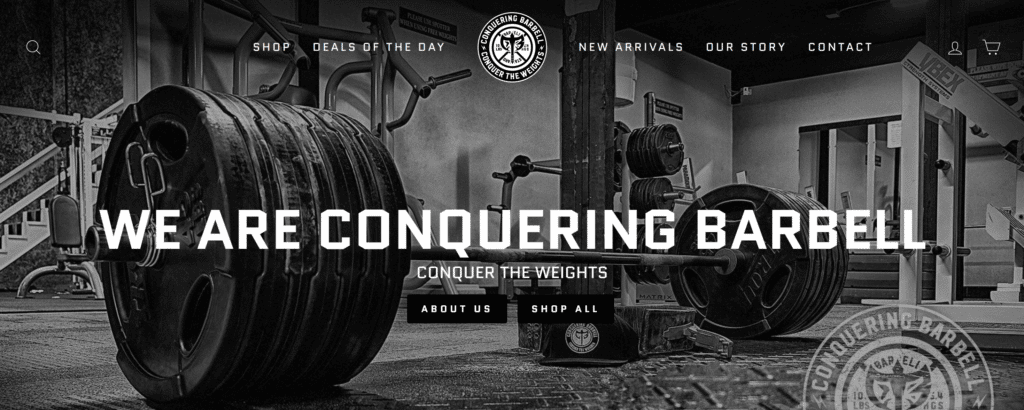How to increase your Shopify store speed with on-site improvements
About 70% of purchasing customers say that site speed is a huge influence on their buying decision from online retailers. Additionally, for each extra second it takes a site to load, conversion rate drops by an average of 4.42%.
As such, having a fast loading website is essential to delivering a high-quality user/customer experience. Your Shopify site can feature some of your most useful or attractive products with good aesthetic design. However, if it doesn’t load in time, users won’t stay long enough to see the design or check your products.
Like any website, a Shopify store requires proper optimization to increase the page loading speed. A slow Shopify site speed will push users away and affect your traffic, credibility and revenue potential.
Here are tips on how to improve Shopify store speed and avoid such a scenario:
1. Upload compressed images
Image choice is an important factor when you’re looking to increase the visual appearance of your website. For online stores, placing accurate images is essential in helping customers know the exact look of the item they’ll be getting when they buy from your store. However, images with high resolution are mostly large files and are capable of slowing down your website’s speed.

Compromising the image quality is not a great solution to this. So here are a few recommendations:
- Shopify usually recommends a 2048 X 2048 pixel image to ensure the quality doesn’t become distorted when anyone zooms in. However, such images can slow down your site. So, rather than using multiple images with this size, an 800 X 800 pixel image would work fine.
- Compress the image size to reduce its size without affecting the quality. Use tools like Kraken.io or JPEGmini to compress your images before uploading to your Shopify website.
- If the images are already uploaded, you can choose from the many Shopify apps that compress images like Image Optimizer or Image Optimizer + Compression.
2. Use Shopify apps efficiently
Shopify has a plethora of third-party apps that often run scripts on its web pages, reducing the speed. To improve your Shopify site speed, have a look at all apps, are they among the best shopify apps to increase sales? Delete heavy apps that are neither in use or assisting your business.
Do note that when you uninstall an app, it doesn’t totally disappear, because when installed, it puts its code in the website to function, reducing your site’s speed. As such, when uninstalling them, ensure apps are removed manually to avoid excess bloat on your website’s code which can cause the page to load slower.
Also, some applications often add extra elements to your Shopify website’s page. So, it’s best to restrict them to the pages where they’re necessary. For instance, if an application provides your website with a floating trust badge, they should only be used on the product page where they’re really needed.

3. Implement Accelerated Mobile Pages
Considering the rise in mobile e-commerce users, Accelerated Mobile Pages (AMP) is a standard framework developed by Google to increase the page loading speed for mobile device users. The application converts some sections of a Shopify’s store website to AMP, then indexes the pages with Google to make it load faster, become mobile-friendly, and increase its mobile search result placement.
You don’t need to understand AMP, don’t worry! You just need to know that Accelerated Mobile Pages can’t be utilized natively in your Shopify store, you can delegate this to applications like RocketAmp, or Shop Sheriff for faster page loading.
4. Instead of sliders, use single hero images
For design purposes, it might make sense to use sliders to display several product images. It increases your website’s visual appeal and tells your potential customers what you sell.
However, using sliders often reduces your site’s speed because it takes time for several high-quality images to load when a user clicks on your store’s website. This boosts the chances that visitors (i.e. potential customers!) leave the site before the slider images have the chance to showcase your products. And if they don’t, they might not click on the slider either.
Therefore, it’s better to use a single hero high-quality image that showcases the essence of your site.
You can also pair it with a clear call-to-action to increase sales conversion rate, and let customers know exactly what to expect from your website.
Following the tips in this post will definitely improve your Shopify site speed and set you on your way to more sales. If that isn’t happening, chances are that you’re tripping over one of these alternative obstacles. Make sure you’ve done your due-diligence of site speed and you’ll be surprised how much it helps your sales!







